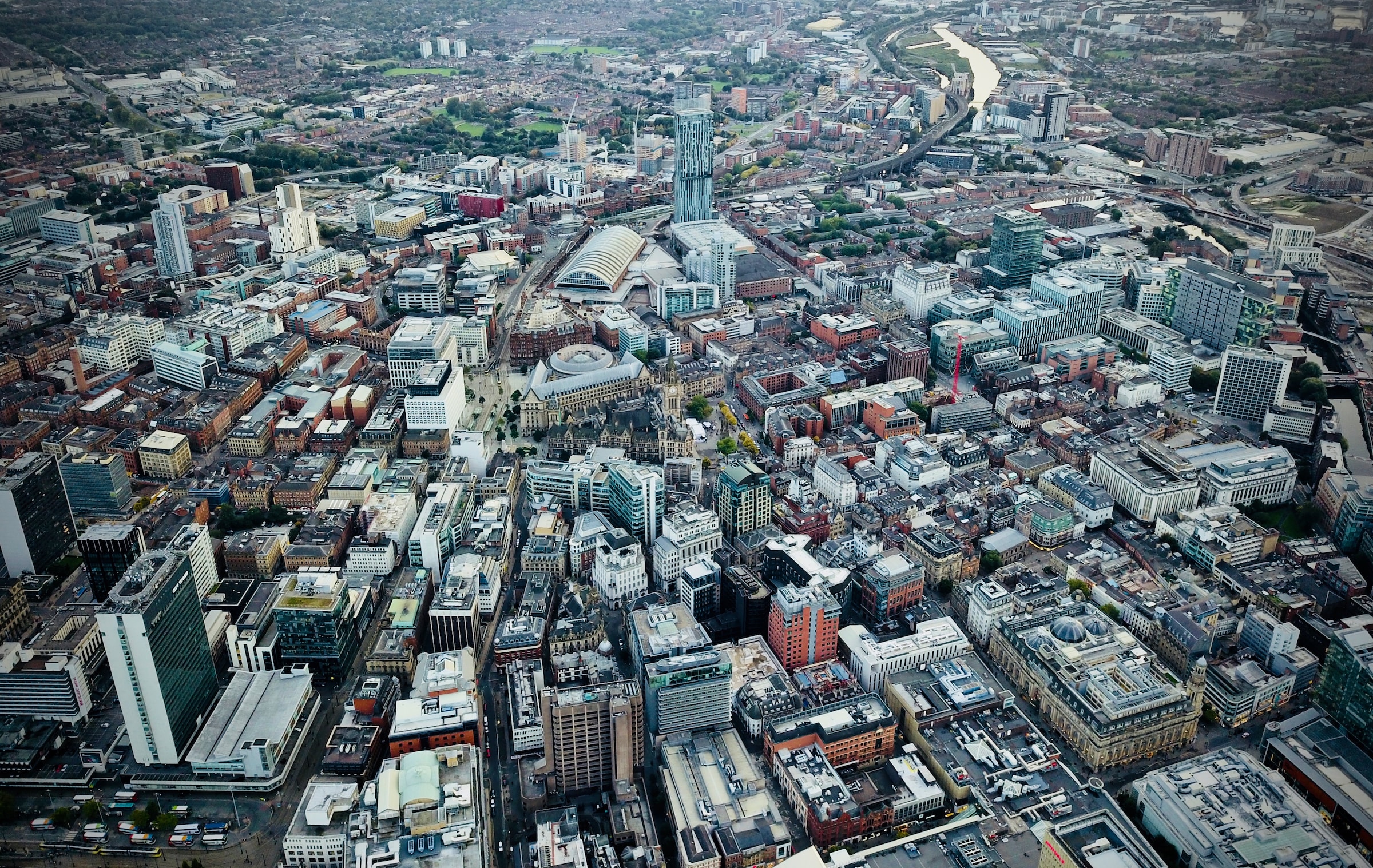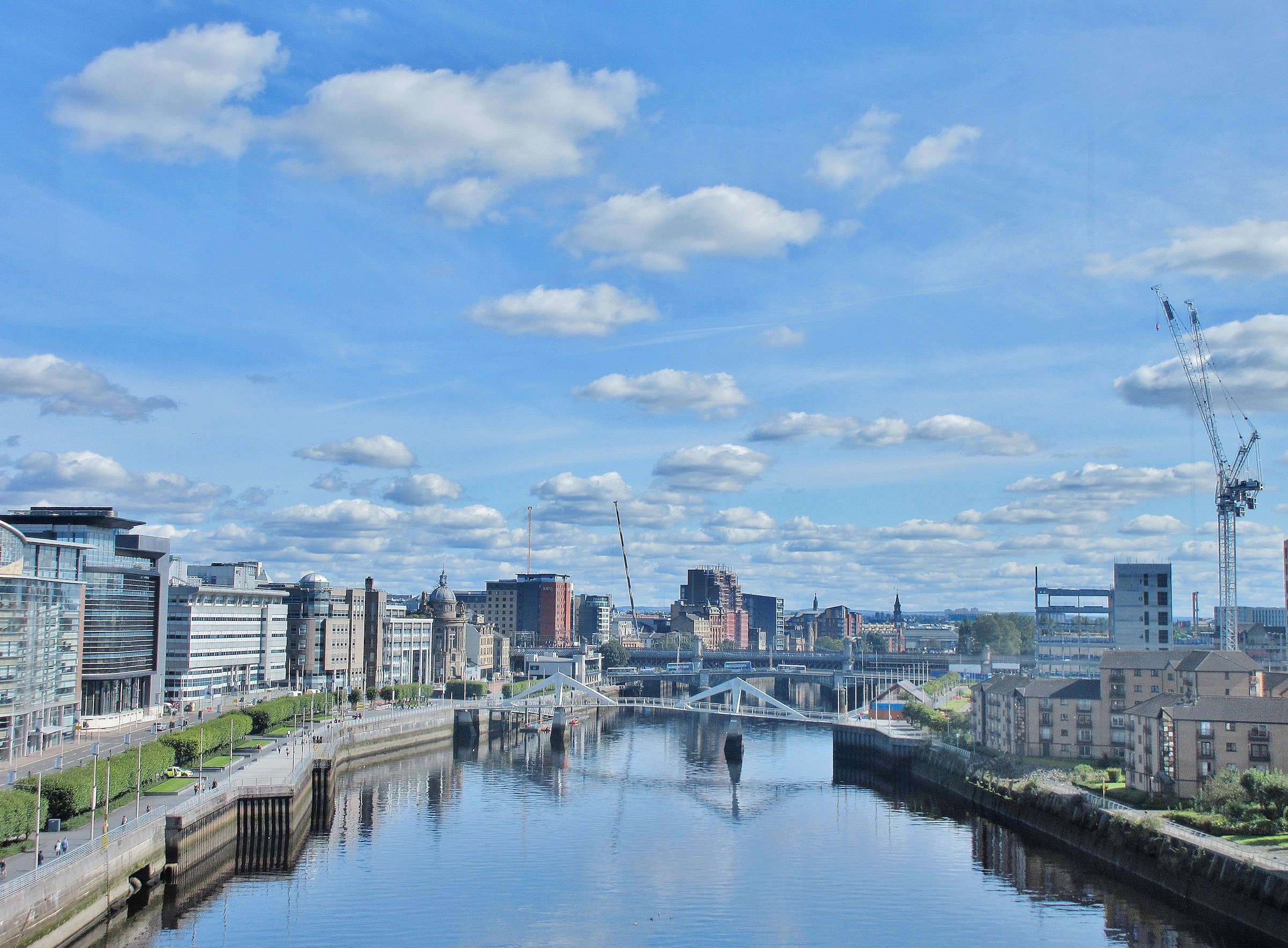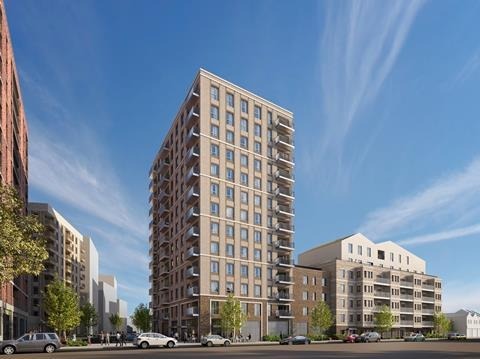How Can Brownfield Land be Transformed into Affordable Housing?

Transforming brownfield land into good-quality housing is key to meeting the current housing demand. How will over £3 million in funding support affordable housing projects in Manchester?
Reusing brownfield land for affordable housing can be an effective way to give urban areas an economic boost and it will bring a new life to abandoned spaces. This helps to contribute to the economic and social well-being of neighborhoods and cities.
Not only will developing these abandoned spaces boost urban areas, but reclaiming brownfield land will reduce the need for greenfield development, which preserves undeveloped land and reduces urban sprawl. This approach promotes more sustainable land use patterns.
The process of redeveloping brownfield sites also will boost sustainability due to often involving the cleaning up of contaminated or polluted areas, improving environmental quality, and mitigating potential hazards to local people’s health.
One council that is transforming brownfield land into good-quality housing is Manchester City Council, by using £3 million in funding support. Manchester City Council has said this funding will help to build 210 homes in total, 119 of which will be affordable housing.
These homes will be built on sites across the north and east of Manchester, and one site in the city centre.
Affordable housing projects on brownfield land can help to stimulate local economies by creating jobs during construction, attracting businesses, and increasing property values and tax revenue over time.
As the redevelopment of brownfield sites often involves community input and engagement, encouraging a sense of ownership and community pride. This community involvement can lead to stronger social bonds and a sense of belonging.
Manchester plans to deliver 36,000 new homes in the next 10 years
A total of 81 of the affordable homes are part of the council’s Project 500 initiative. This works in partnership with the city’s registered housing providers to make available smaller, harder-to-develop areas of land to increase the number of affordable homes available in the city.
Initially, Project 500 looks to build 500 affordable homes in partnership with housing providers in the city, with the aim to exceed that number in the next few years.
All homes in the Project 500 initiative will be capped at the Manchester Living Rent, with the council saying that this is a level of rent capped at the Local Housing Allowance (LHA) rate to ensure that these homes will be affordable to as many people as possible, including those in receipt of housing benefit.
Councillor Gavin White, Manchester City Council’s Executive Member for Housing and Development, explained that brownfield land is a huge problem in Manchester: “Post-industrial Manchester left a lot of used, brownfield land across the city – with the largest swathes across north and east Manchester.”
Continuing, the Councillor highlighted that in order to meet the current housing demand in the city, transforming this brownfield land will be crucial: “Developing this land and bringing it back into use is an important part of our plans to deliver 36,000 new homes in the next 10 years.”
We have an ambitious target to make sure 10,000 of these are genuinely affordable to Manchester people.
He added that this won’t be an easy task: “However, brownfield land is often more challenging to develop, and we also have lots of smaller plots that are financially difficult to build on.
“This funding will support our partnership with the city’s registered providers to build on these smaller plots of land as part of our Project 500 initiative – delivering the affordable homes our residents need.”
Developing brownfield land offers huge potential for affordable housing
Rodney Street in Ancoats by This City, the council’s fully-owned housing development company, is aiming to deliver 38 affordable homes capped at the Manchester Living Rent. It has said that this is going to support the access to affordable homes within the city centre.
In total, Rodney Street is working to deliver 129 homes with 91 market homes subsidising the cost of the affordable homes at the site.
Other projects include:
- Parkmount Road, Project 500 (Harpurhey), with MSV Housing, delivering 24 affordable homes
- Parkhill Avenue, Project 500 (Crumpsall), with Great Places, providing 25 affordable homes
- Blackwin Street, Project 500 (Gorton), with One Manchester, providing seven affordable homes
- Plant Hill Road, Project 500 (Higher Blackley), with Irwell Valley delivering 12 affordable homes
- Jurby Avenue, Project 500 (Higher Blackley), with Irwell Valley delivering 13 affordable homes
Transforming brownfield land into affordable housing would allow councils to improve the value of land assets and create thriving communities.
Seeing funding provided to councils like in this case reflects the huge potential that brownfield sites offer for affordable housing development.

